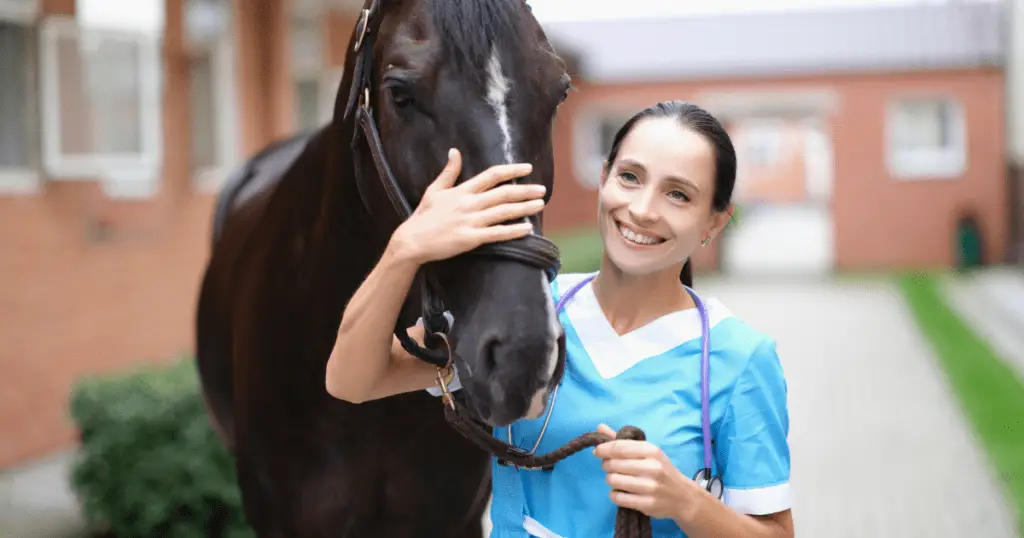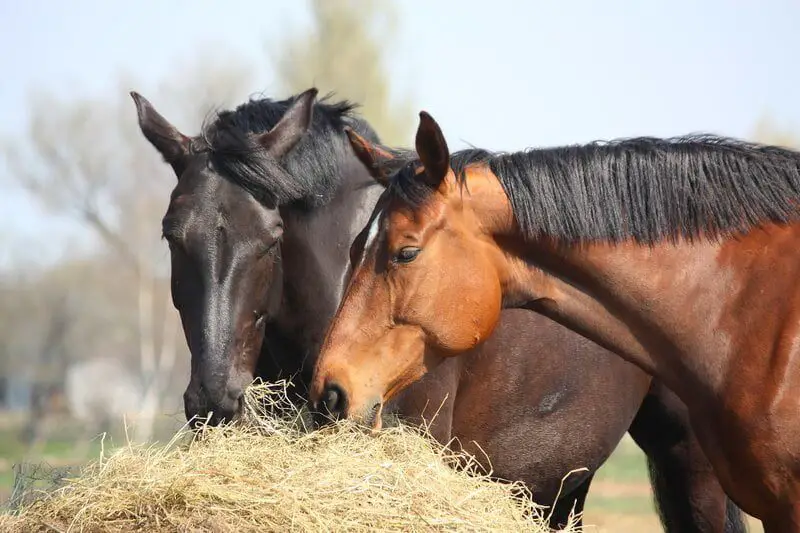Breeding Success: Is Your Mare or Stallion Fit for Breeding?
The reality is not every mare or stallion is fit for breeding. A fertility evaluation is the first step when deciding if you should breed your mare or stallion, and could potentially save you financial and emotional stress. A breeding soundness examination is carried out by a veterinarian to determine the breeding potential of your mare or stallion, and flag any physiological issues that may hinder breeding success, such as musculoskeletal problems. Not only does a breeding soundness examination protect your mare or stallion from potential risks, but it also ensures your breeding stock is in good condition for the rigours of breeding and producing a live, healthy foal. What’s Involved The first step in a breeding soundness examination is a physical examination of your mare or stallion by a veterinarian. Your veterinarian will check the horse’s history, and body condition and look for any signs of ill health. Diet, worming, vaccinations, dental, and hoof care should be up to date. The second step is an evaluation of the mare and stallion’s ability to reproduce successfully. For stallions, this will involve semen collection and testing to check sperm count, quality, and motility. For mares, this will involve an ultrasound of the reproductive tract. A breeding soundness examination also protects your mare or stallion from potentially passing on any sexually transmitted infections if they’re present. What’s Next If your mare or stallion is deemed fit for breeding, then you can start to consider your options and whether you intend to pursue live mating or insemination. If the outcome isn’t as successful as you hoped, then you may choose to breed another horse. The choice to breed, for any reason, should not be entered into lightly. With the high numbers of unwanted horses available, it’s important you carefully consider your reasons for producing a new foal and put the health and well-being of your breeding stock first at all times. Also Read: Preparing Your Stallion for Breeding Season Preparing Your Mare for Breeding Season
Breeding Success: Is Your Mare or Stallion Fit for Breeding? Read More »



